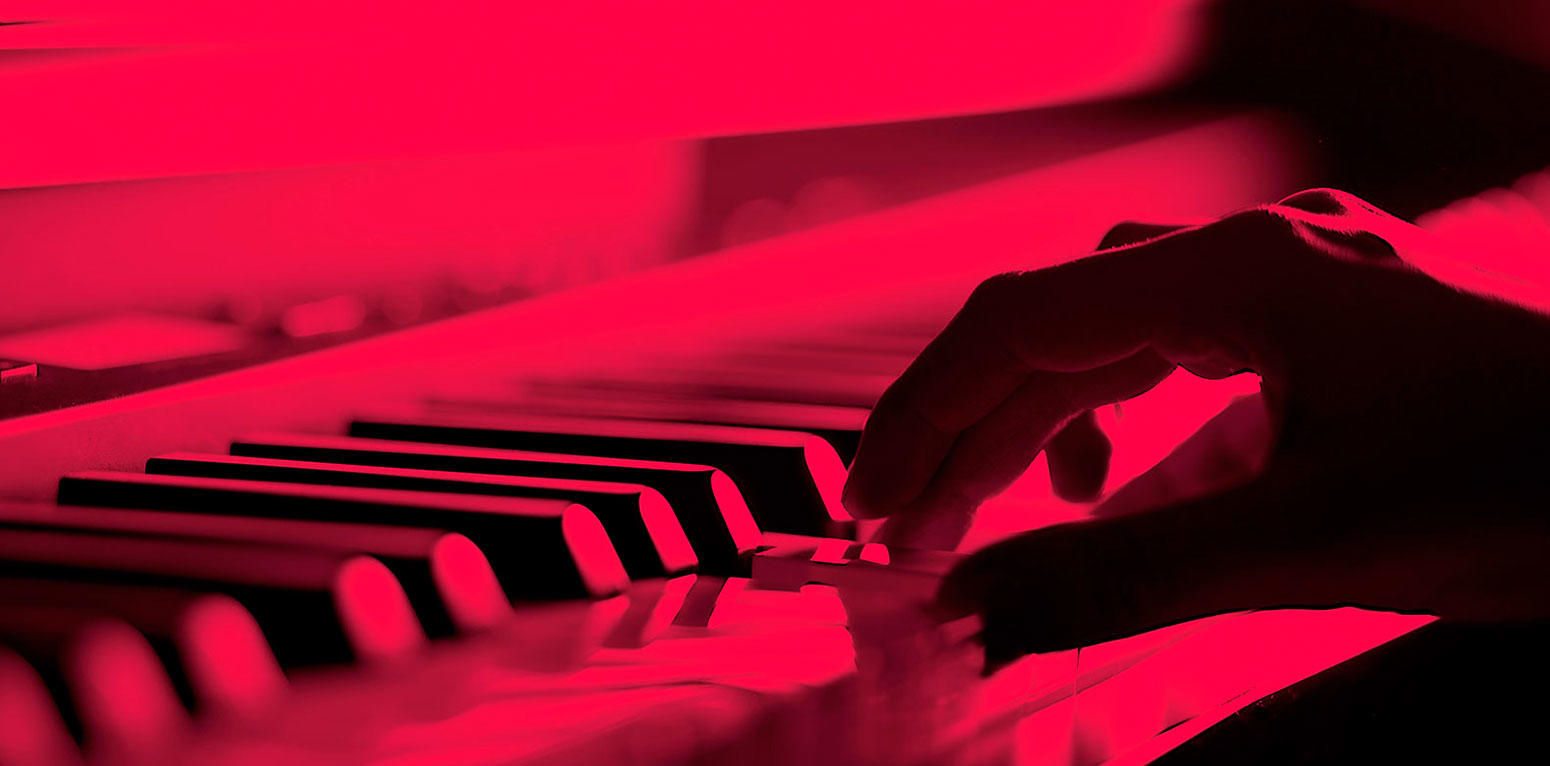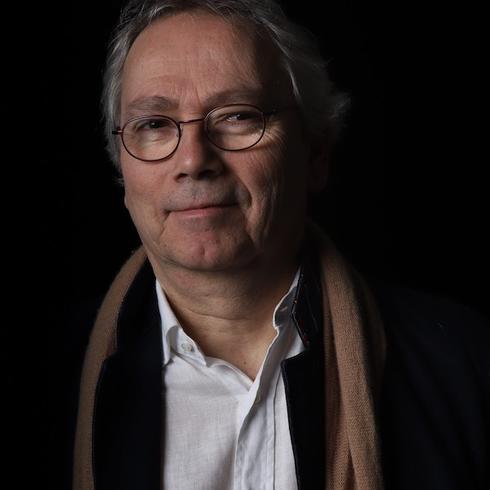
" L'annonce faite à Marie "
Opera
Ed. Billaudot
2023 SELECTION
- Nominated for : The Musical Composition Prize 2024
2h30'
> Distribution : Violaine Vercors, soprano - Mara Vercors, mezzo-soprano -
Elisabeth Vercors, mezzo-soprano - Anne Vercors, baritone -
Jacques Hury, baritone - Pierre de Craon, tenor
> Duration : Prologue: 18 mins, Act I: 19 mins, Act II: 32 mins, Act III: 36 mins, Act IV: 37 mins.
The Tidings brought to Mary is a carnal text as much as it is spiritual. Claudel's writing, with extraordinary accuracy when he speaks both of amorous passion and metaphysics, come together with my work which seeks a balance between the corporeality of sound and the abstractive constructions. From my first reading of the piece, I was struck by the strength of Violaine, who never stops on the rough path she has carved out for herself, and by the authenticity of Mara, whose intuition is also greater than his will to possess beings and goods. I therefore made the choice, far from any Manichaeism, to musically treat the two main characters in all their complexity and ambiguity. We thus find frivolity and mischief, when Violaine vocally plays with certain phonemes, and childlike purity in the nursery rhymes that Mara sometimes sings.
I also wanted to get closer to the famous "spoken opera", according to Paul Claudel's own expression … by composing an opera that is both dramatic and poetic. The vocal writing oscillates between musical periods where the text is sung in a perfectly understandable way, and recitatives which offer a “floating” rendering, allowing the listener to freely associate the words with each other. A dialectic is thus created between the ordinary meaning of the words, which supports the dramatic narration, and a general, poetic significance, carried by the voices, the instruments and the electroacoustic part.
In moments of declamation, the text is said within a musical texture composed of a sound synthesis of Claudel's voice (produced at the Ircam by a synthesis system using neural networks). The idea is to musically stage the author himself, as if he were dreaming, was writing his text, reciting it to himself, or guiding us in our listening. In the same vein, I used the graphic design of Claudel's writing, analyzing the gestural data (shape of the letters, thickness of the lines...).
It is thus, by transposing them into the musical domain, that most of the melodic and harmonic movements were generated, which make up the musical framework of the opera. The musical elements are thus born from the voice and calligraphy of the author.
By doing this, I wanted to accentuate the deeply autobiographical and human aspect of this drama, in which Claudel crudely shows the various passions and amorous rivalries of the two sisters, as well as the reactions and sometimes the cowardice of the men who love them, all at the heart of a mystical light.
Philippe Leroux
Extracted and translated into English from the French version available on this same site.

